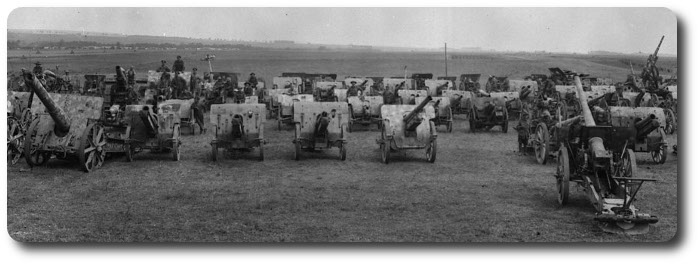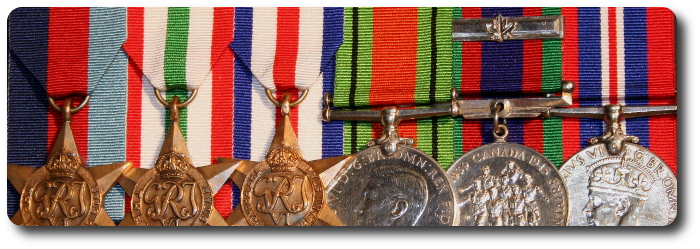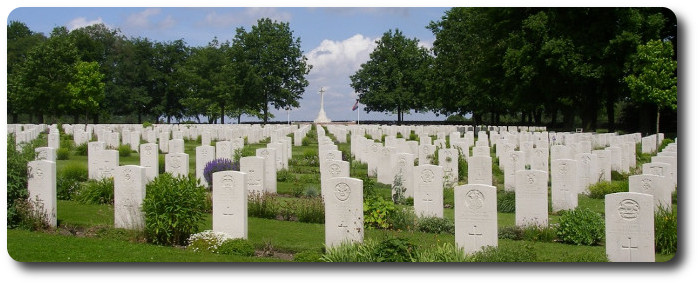Topic: Canadian Militia

The Militia System of the Dominion (1871)
Many battalions are provided with colours and bands, and during the annual training the officers generally mess together. A very sensible arrangement, ending both to increase a military feeling and to create an impression on the enemy is the supplying of infantry with uniforms similar to that worn by the Imperial army.
The Daily Standard, Victoria, Vancouver Island, 31 July 1871
A short time since we gave a brief summary of the militia law of the Dominion, shadowing forth how it would affect the Province. In a recent article we gave a somewhat imperfect idea of the military stores of the Dominion. We now find, in the London Saturday Review, an article on the military system of Canada, and as it grasps and handles the subject in such a masterly manner, supplying an amount of information difficult to get every day, we have given up our editorial space to lay an extract before our readers this morning. Here is the extract:
While we in England have been employed in noisily discussing the best defensive organization, the Canadian appear to have quietly, with a minimum both of cost to the country and hardship to individuals, solved the question. Indeed, we should say that, with the exception of Prussia and Switzerland, Canada is far in advance, as regards defensive organization, of every country in the world. After calm consideration and successive elaborations, the following results have been attained. The foundation of the system is the axiom that every man owes it to his country to serve in its defence against its enemies. All British subjects between the ages of eighteen and sixty—with a few necessary exceptions—are liable to military service. The exceptions referred to are judges, ministers of religion, professors in Colleges or Universities, the officials in penitentiaries and public lunatic asylums, persons disabled by infirmity, and the only son of a widow, being her sole support. Half-pay and retired officers of the regular army and navy, sailors and pilots when employed in their calling, and masters of public schools are enrolled, but are only liable to actual service in case of war, invasion or insurrection. All others are both enrolled and liable to serve when called upon, and are divided into four classes, constituting the whole—with mere nominal exceptions—of the adult population of the colony, constitute the regular or reserve Militia. The total population of the North American Confederation is estimated at about 4,000,000, and the number liable to service at 675,000 men. For purposes of organization, the whole country is divided into nine military districts, which are further subdivided into twenty two brigade and one hundred and eight-six regimental divisions. The Minister of Militia and Defence is at the head of the whole organization, and is assisted by a chief executive officer styled the Adjutant General, who has under him at headquarters a deputy. The Militia of each district in under command of a Deputy Adjutant General, and in each brigade division there is a brigade major, who seems, however, to be simply a staff officer, and to exercise no actual command. To each regimental division are assigned a lieutenant colonel and two majors, and to each company division a captain and two subalterns. The regimental and company divisions correspond as closely as possible to electoral and municipal divisions. The regimental officers attached to the Reserve Militia reside in their respective districts, and are appointed principally for purposes of enrollment and ballot; consequently, the recruiting and organizing staff would not be, as would be the case with us, dislocated in the event of an invasion, but a continual flow of recruits to the active army could be kept up. The organization we have described, except as regards deputy adjutant generals and, to a certain extent, brigade majors, is essentially of a reserve character, and simply provides for the immediate carrying out of any measures deemed necessary without imposing any actual duty in time of peace. In England, on the contrary, the organization for the ballot is not to be commenced until the emergency arises.
We now come to the actual army of Canada, or, as it is termed, the Active Militia. At present the consists entirely of corps raised by voluntary enlistment, and numbers on paper 44,519 men, or 1 in 15 of all men liable to serve, and 1 in 100 of the population. The different arms of the service are thus represented:
- Cavalry, 1,666, chiefly organized in isolated squadrons and troops;
- 10 field batteries with 42 guns, 441 horses, and 750 men;
- 4 companies of engineers, 232 men;
- 3 marine companies, 174 men; and
- 73 battalions of infantry numbering 36,729 men, and
- 2 battalions for Service in the Red River District, 862 men.
In addition to the above, twenty-five new corps are in process of formation. When organized, they will raise the strength of the Active Militia to 45,040 men.
According to the Militia law of the Dominion, it is only required that the Active Militia should amount to 40,000 men, furnished in due proportion by the different districts, and to be raised by ballot if necessary. Hitherto there has been no necessity to have recourse to the ballot; there is, however, a growing feeling in the Dominion that voluntary enlistment involves undue hardship on individuals, and it seems probable that the ballot will ere long be brought into operation. At present, volunteers enlist for three years, but according to the law, men obtained by ballot would serve only two years. At the end of their service in the Active Militia the men who compose it re-enter the Reserve, and are not liable to be called out until all other men in the same company division have volunteered or been balloted to serve. The number of men called out for training each year is 40,000, and the number of days' drill is sixteen, during which the men receive pay. A system of assembling the troops in each brigade in camps for the purpose of annual training has also been introduced with the best possible results, and the practice is likely to be extended. During the time that the militia is embodied, it is subject to the Queen's regulations and the Articles of War, and, as a matter of fact, discipline appears to be thoroughly maintained. Rifle practice by companies is sedulously practised, and skill in the use of the rifle is encouraged by the bestowal of prizes at the annual training. The great assimilation to the customs and practices of the regular troops is remarkable even in social and ornamental details. Many battalions are provided with colours and bands, and during the annual training the officers generally mess together. A very sensible arrangement, ending both to increase a military feeling and to create an impression on the enemy is the supplying of infantry with uniforms similar to that worn by the Imperial army. It may be remarked here that the men of the Canadian Active Militia are far taller and larger than the soldiers of our regular regiments. As regards both combatant and non-combatant staff, no efforts have been spared to render the local army efficient, and a still greater improvement is to be looked for shortly. It is proposed that then Adjutant-General of the Militia should be styled in future Major-General Commanding the Militia; that his staff officer—the present Deputy Adjutant-General at Headquarters—should be turned Adjutant-General, and receive the rank of Colonel; that the Deputy Adjutant generals who command districts should receive the title of Colonel on the staff, and that all staff officers should in future before appointment, pass a special examination, and only hold their offices for five years, and not be eligible for reappointment in the same office. With a view to obtaining properly qualified officers for the staff, it is recommended that a Canadian Staff College should be established; and in order to obtain competent instructors for it, the suggestion is made that the Imperial Government be asked to allow a certain number of Canadian officers to join the Staff College at Sandhurst. But the Canadian authorities have already take practical steps to secure a good professional training for their officers, by the institution of schools of instruction, in which measure they were far in advance of Mr. Cardwell. These schools of instruction were first established in 1864, and already nearly 6,000 young men have passed through them. Some of the graduates now hold commissions in the Active Militia, while other will be provided for as vacancies occur. And on an increase to the Active Militia, being required, would furnish an ample supply of well-qualified officers. Moreover the boys in most large schools undergo elementary drill. Thus it will be seen that a large proportion of males of all ages from ten to sixty receive a certain amount—in some cases a very considerable amount—of military training, and that, if the ballot is enforced, there will in course of time be probably about half a million of men more or less trained to arms. We have shown that the combatant and recruiting staff is completely organized, and considerable attention is now being paid to the administrative staff or store department, and arrangements have been made for a due supply of all the arms, camp equipment, and other stores required for field service or camps of instruction.




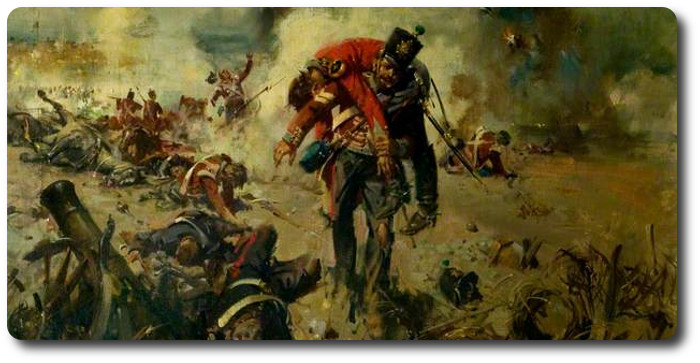


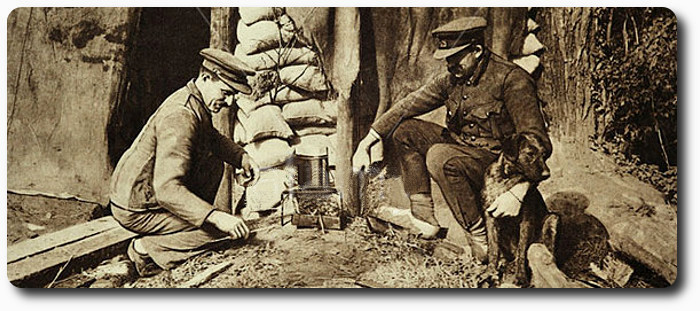


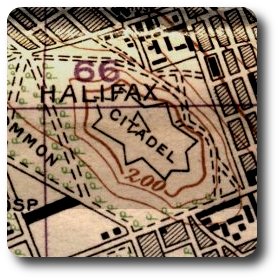 St John Daily Sun, 10 November, 1905
St John Daily Sun, 10 November, 1905
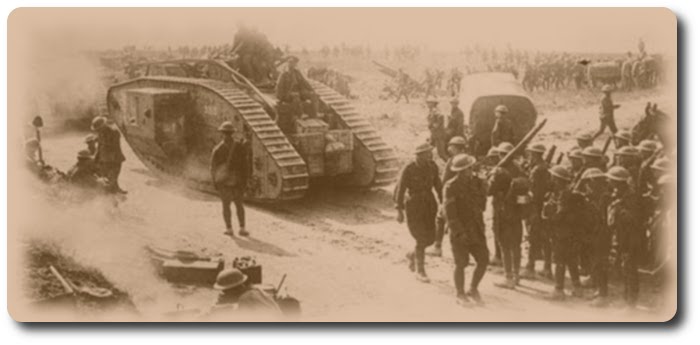


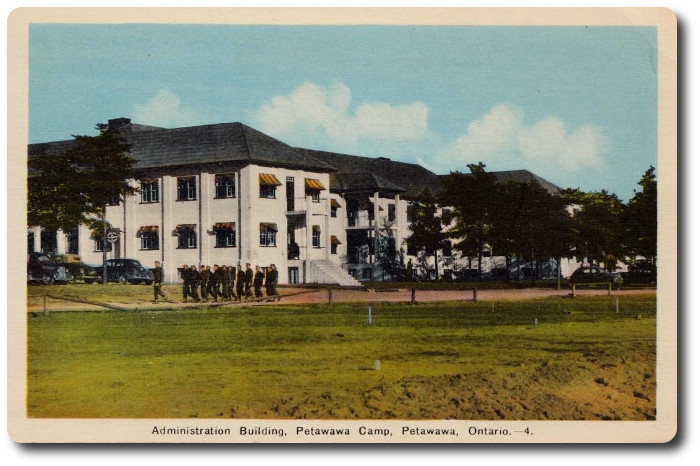
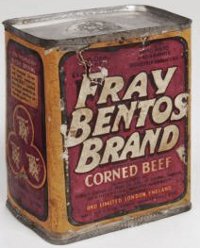 The recipe for the soup is:—
The recipe for the soup is:—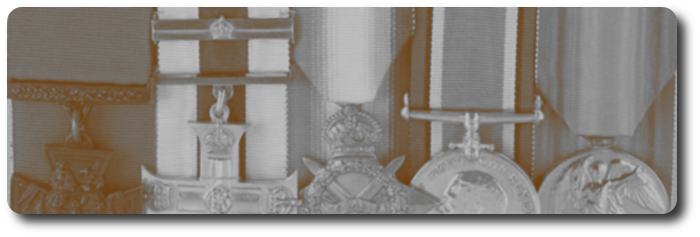
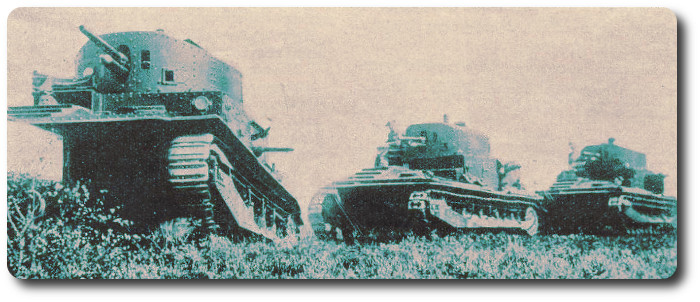
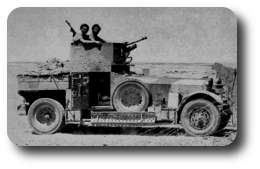 He thought that is the armoured car came more generally into use it would be as a cavalry weapon. If a change were to be effected in the cavalry regiments he thought it possible that they would be armed with a certain number of armoured cars, and fewer horses would be employed. But in his view we could not obliterate the great traditions and efficiency and all the possibilities we now got from our cavalry regiments. "We ought to look before we leap," he said, "We must not too hurriedly and blindly turn everything into machines."
He thought that is the armoured car came more generally into use it would be as a cavalry weapon. If a change were to be effected in the cavalry regiments he thought it possible that they would be armed with a certain number of armoured cars, and fewer horses would be employed. But in his view we could not obliterate the great traditions and efficiency and all the possibilities we now got from our cavalry regiments. "We ought to look before we leap," he said, "We must not too hurriedly and blindly turn everything into machines."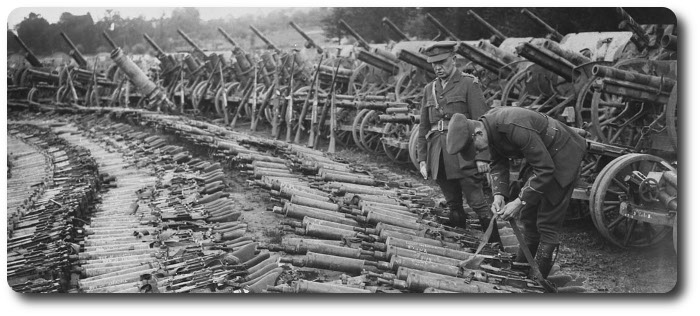
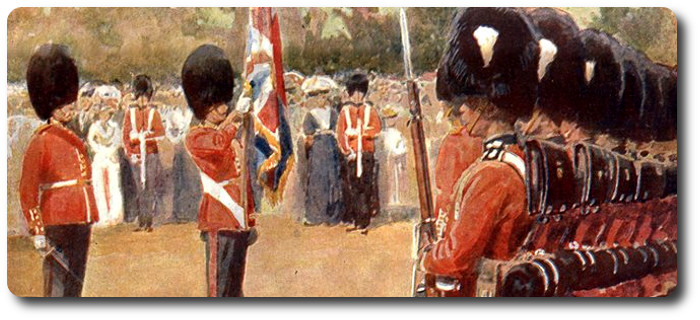
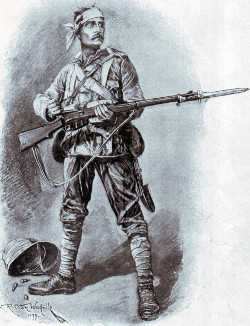 Occasionally one hears a great deal about the bad cooking and insufficient food of British soldiers. Every now and again some fadist takes the matter up and tries to lead the public to believe that our troops are condemned to live entirely upon unpalatable food.
Occasionally one hears a great deal about the bad cooking and insufficient food of British soldiers. Every now and again some fadist takes the matter up and tries to lead the public to believe that our troops are condemned to live entirely upon unpalatable food.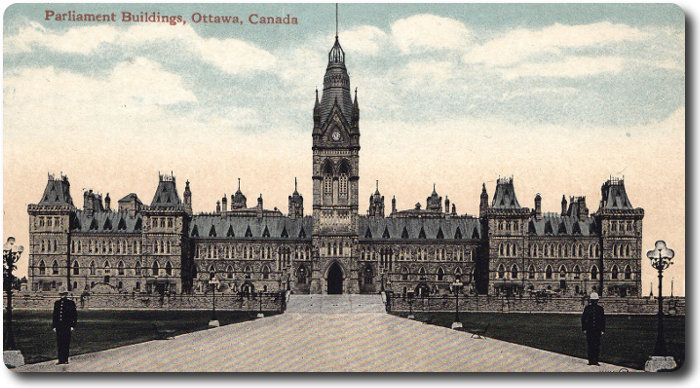

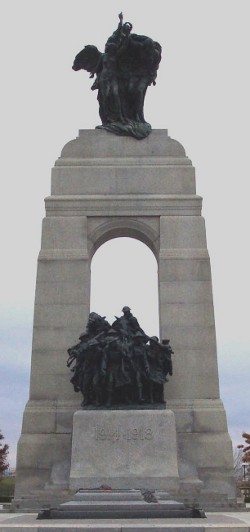 Canada did not repatriate the body of an Unknown Soldier of the Great War until 2000.
Canada did not repatriate the body of an Unknown Soldier of the Great War until 2000.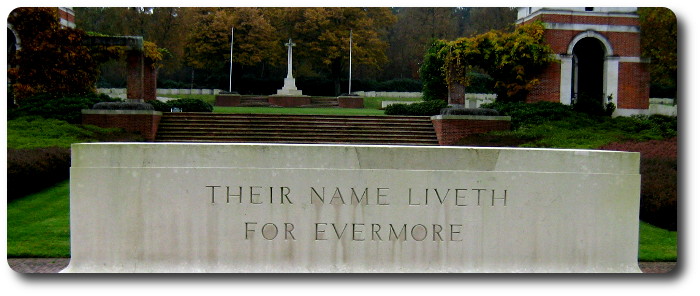
 Ottawa, May 25.—All necessary steps to ensure that the land containing Canadian War Graves Overseas will be held in perpetuity for the Canadian people, were taken long ago by the Dominion Government, Defence Headquarters announced.
Ottawa, May 25.—All necessary steps to ensure that the land containing Canadian War Graves Overseas will be held in perpetuity for the Canadian people, were taken long ago by the Dominion Government, Defence Headquarters announced. 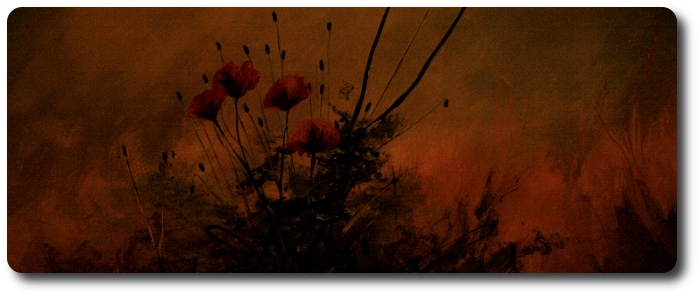
 Washington, June 13.—The possible sites in
Washington, June 13.—The possible sites in 